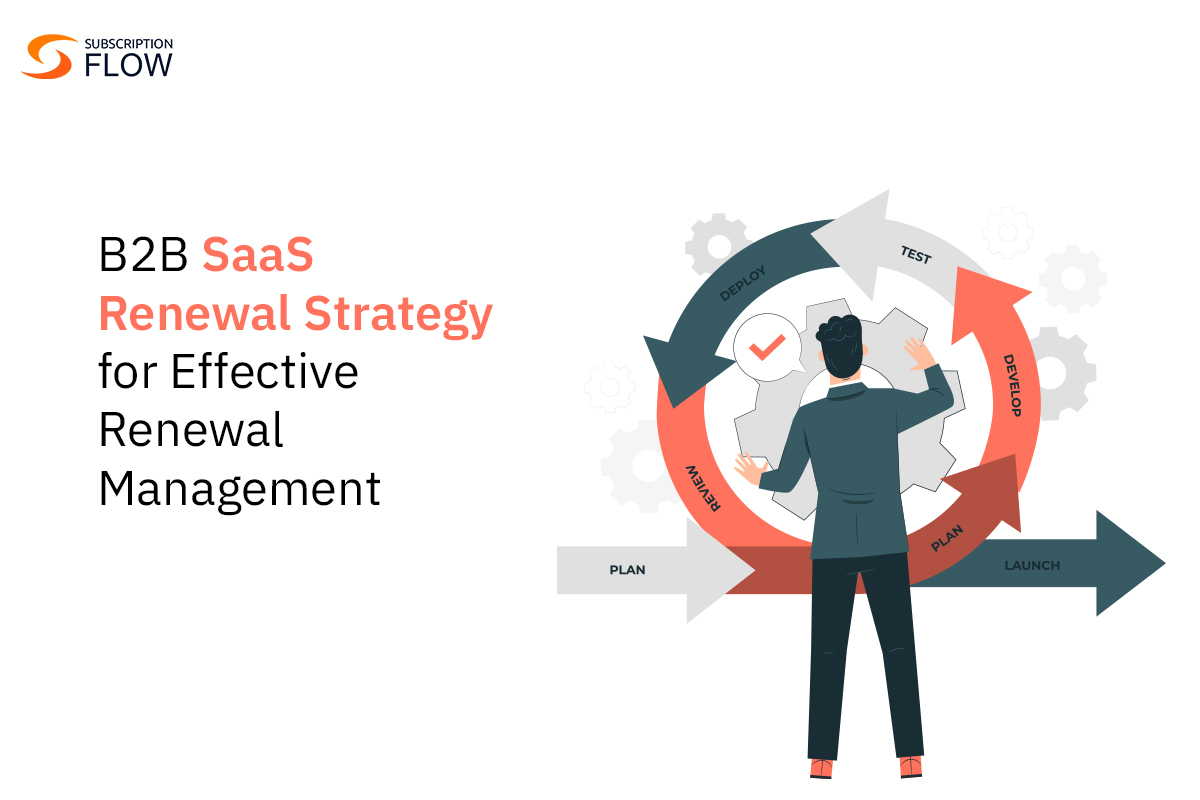
In the world of Business-to-Business (B2B) Software as a Service (SaaS), renewal management is crucial. It’s not just about retaining customers; it’s about ensuring ongoing satisfaction and engagement. An effective renewal strategy can significantly impact your revenue and long-term growth. This blog delves into the best practices and strategies for effective B2B SaaS renewal management.
Understanding the Importance of Renewals
Customer Lifetime Value (CLV)
Renewals are at the heart of maximizing Customer Lifetime Value (CLV). The longer a customer stays with your service, the more revenue they generate. Effective renewal strategies increase CLV by reducing churn rates and fostering customer loyalty.
Cost Efficiency
Acquiring new customers is often more expensive than retaining existing ones. Investing in a robust renewal strategy can be more cost-effective, enhancing overall profitability.
Predictable Revenue
Renewals provide a predictable revenue stream, essential for financial planning and stability. This predictability is particularly valuable for SaaS businesses, where subscription models dominate.
Key Components of an Effective Renewal Strategy
1. Customer Onboarding and Education
A successful renewal strategy starts with exceptional onboarding. The goal is to ensure that customers understand how to use your product and see value from it as quickly as possible. Key steps include:
- Personalized Onboarding: Tailor the onboarding process to the specific needs and use cases of the customer.
- Comprehensive Training: Offer webinars, tutorials, and documentation to help customers get the most out of your product.
- Customer Success Manager (CSM): Assign a dedicated CSM to guide the customer through their journey and address any concerns promptly.
2. Continuous Engagement
Ongoing engagement is crucial to maintaining a strong relationship with your customers. Strategies include:
- Regular Check-Ins: Schedule periodic meetings or calls to discuss progress, challenges, and opportunities.
- Value Demonstration: Regularly highlight how your product adds value to their business, through reports, case studies, or success stories.
- Feedback Loops: Implement mechanisms to gather feedback and act on it, demonstrating that you listen to and value your customers’ opinions.
3. Usage Monitoring
Monitoring how customers use your product can provide valuable insights. If usage drops, it could be a sign that the customer is at risk of churning. Key practices include:
- Usage Analytics: Track key metrics such as login frequency, feature usage, and time spent on the platform.
- Health Scores: Develop a health score metric to assess the overall engagement and satisfaction of the customer.
- Proactive Outreach: If a customer’s usage patterns suggest potential churn, reach out proactively to understand and address their concerns.
4. Renewal Process Optimization
The renewal process should be as smooth and straightforward as possible. Consider the following:
- Automated Reminders: Set up automated email reminders well in advance of the renewal date.
- Transparent Communication: Clearly communicate the benefits of renewal and any changes in pricing or terms.
- Easy Renewal Process: Simplify the renewal process with a user-friendly online portal or a single-click renewal option.
5. Value-Added Services
Offering additional services or enhancements can make your product more attractive at renewal time. These might include:
- Premium Support: Offer advanced support packages for an additional fee.
- Consulting Services: Provide consulting services to help customers get the most out of your product.
- Feature Upgrades: Regularly introduce new features and improvements based on customer feedback.
6. Customer Advocacy Programs
Encouraging customers to become advocates for your brand can enhance loyalty and increase the likelihood of renewal. Strategies include:
- Referral Programs: Incentivize customers to refer others to your service.
- Customer Testimonials: Feature satisfied customers in case studies, testimonials, and success stories.
- Exclusive Events: Invite loyal customers to exclusive webinars, product previews, or networking events.
7. Data-Driven Decision Making
Utilize data analytics to inform your renewal strategies. Key approaches include:
- Segmentation: Segment customers based on their usage patterns, industry, and other relevant factors to tailor renewal strategies.
- Predictive Analytics: Use predictive analytics to identify at-risk customers and intervene before they decide to churn.
- A/B Testing: Experiment with different renewal tactics and measure their effectiveness to continuously improve your approach.
8. Personalized Renewal Offers
Personalizing renewal offers can significantly impact renewal rates. Consider:
- Custom Pricing: Offer customized pricing plans based on the customer’s usage and value derived from the product.
- Bundled Offers: Provide bundled services or products that add value and appeal to the customer.
- Loyalty Discounts: Offer discounts or special terms for long-term customers as a token of appreciation.
9. Legal and Contractual Considerations
Ensure that your renewal process complies with legal requirements and best practices:
- Clear Terms and Conditions: Make sure your renewal terms are clear and transparent to avoid any misunderstandings.
- Flexible Contracts: Offer flexible contract terms that cater to different customer needs, such as monthly or annual renewals.
- Renewal Notices: Provide advance notice of renewals, as required by law or best practice, to give customers ample time to make decisions.
10. Continuous Improvement
An effective renewal strategy is not static. Continuously seek to improve by:
- Customer Feedback: Regularly solicit feedback from customers about the renewal process and use it to make improvements.
- Benchmarking: Compare your renewal rates and processes against industry benchmarks to identify areas for improvement.
- Internal Reviews: Conduct regular internal reviews of your renewal strategy to ensure it remains effective and aligned with your business goals.
Conclusion
Effective renewal management in the B2B SaaS industry is multifaceted, requiring a combination of proactive engagement, personalized service, and continuous improvement. By focusing on these key areas, businesses can enhance customer satisfaction, reduce churn, and ultimately drive long-term growth. Investing in a robust renewal strategy not only secures ongoing revenue but also strengthens customer relationships and builds a solid foundation for future success.



